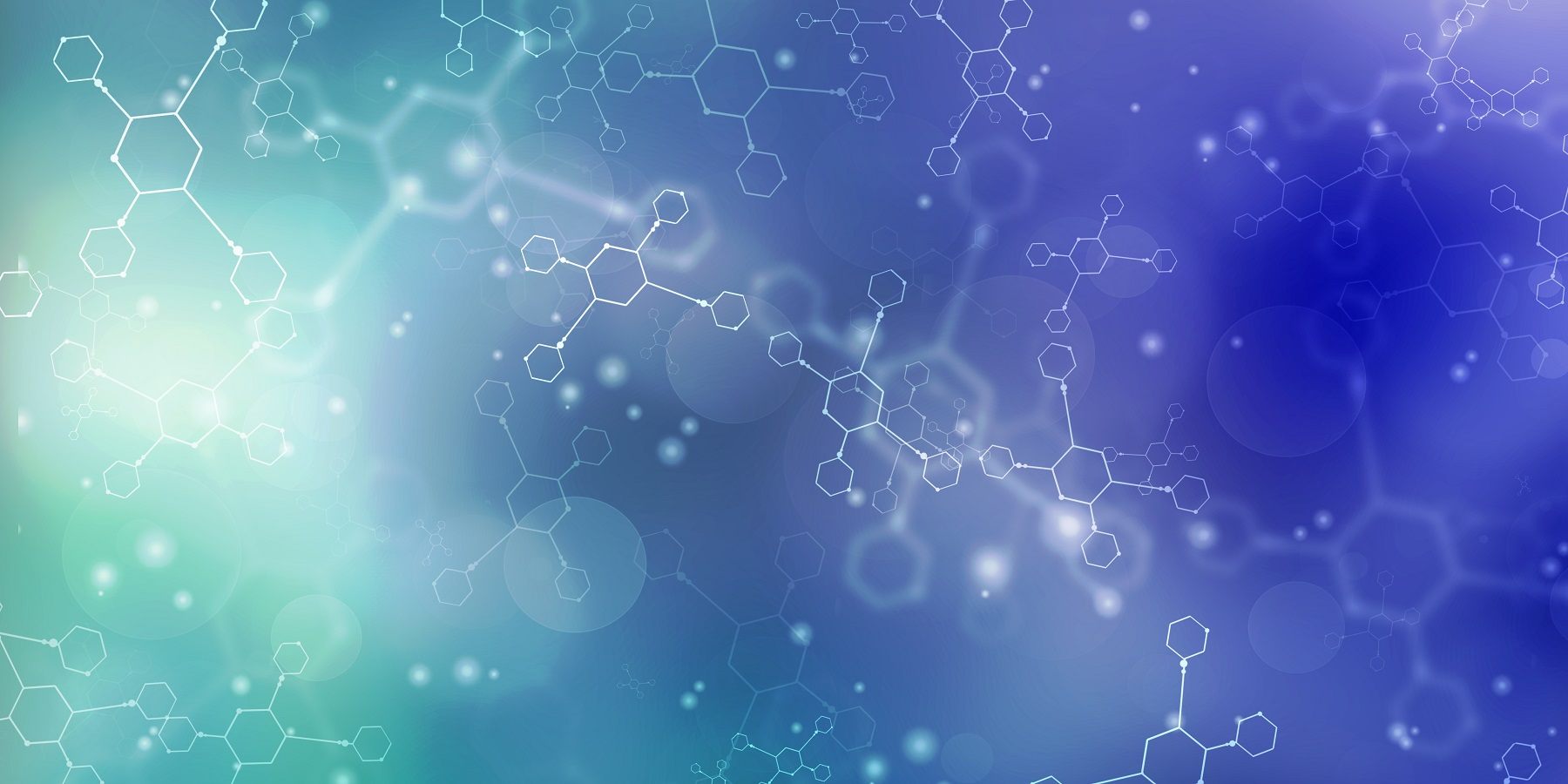Indications
Baloxavir marboxil is a powerful antiviral agent classified as an influenza virus polymerase acidic (PA) endonuclease inhibitor. It is indicated for the treatment of acute uncomplicated influenza in patients who have shown symptoms for no more than 48 hours. This applies to otherwise healthy adults and pediatric patients aged five years and older. Additionally, it can be administered to patients aged 12 years and older who are at a heightened risk of developing influenza-related complications. The drug is also approved for use as a post-exposure prophylactic against influenza for individuals aged five years and older who have been in contact with someone infected with the virus. In European medical settings, this indication extends to patients as young as one year. It is crucial to consider the risk of diminished drug efficacy due to potential changes in virus characteristics, such as the emergence of resistant strains or alterations in viral virulence. Therefore, the use of baloxavir marboxil should be guided by current information on the susceptibility patterns of circulating influenza virus strains.
Pharmacodynamics
Baloxavir marboxil operates as an antiviral agent by inhibiting the replication of the influenza virus. Its efficacy is demonstrated through its 50% inhibitory concentration (IC50), which ranges from 1.4 to 3.1 nM for influenza A viruses and from 4.5 to 8.9 nM for influenza B viruses, as measured in a polymerase acidic (PA) endonuclease assay. Preclinical studies in murine models of influenza, including avian influenza A, have shown that baloxavir effectively reduces pulmonary viral loads and increases the survival rates of the mice. Notably, there is a significant reduction in viral titers within 24 hours of drug administration, with effects being dose-dependent.
Absorption
When baloxavir marboxil is administered orally at a 40 mg dose in adolescents and adults aged 12 years and older, it achieves an area under the curve (AUC) of 5520 ng x hr/mL and a maximum concentration (Cmax) of 68.9 ng/mL. For an 80 mg dose, these parameters are recorded as 6930 ng x hr/mL for AUC and 82.5 ng/mL for Cmax, with the drug reaching its peak concentration (Tmax) approximately four hours post-administration. The presence of food reduces the Cmax by 48% and the AUC by 36%. In pediatric patients aged five to 12 years and weighing less than 20 kg, a 2 mg/kg dose yields an AUCinf of 5830 ng x hr/mL and a Cmax of 148 ng/mL, while a 40 mg dose in children weighing 20 kg or more results in an AUCinf of 4360 ng x hr/mL and a Cmax of 81.1 ng/mL. The Tmax in pediatric patients varies from 3.5 to 4.5 hours.
Metabolism
Baloxavir marboxil undergoes primary metabolism through the enzyme UGT1A3, leading to the formation of a glucuronic acid conjugate. It is further metabolized by CYP3A4, which converts it into a sulfoxide. This metabolic pathway illustrates the drug's biotransformation processes and highlights how it is processed within the body.
Mechanism of Action
The mechanism of action of Baloxavir marboxil targets the influenza virus-specific RNA polymerase complex, which is crucial for the transcription and replication of viral genes. This complex consists of three subunits: polymerase basic protein 1 (PB1), polymerase basic protein 2 (PB2), and polymerase acidic protein (PA). The PB2 subunit initially binds to the cap structure of host cell pre-messenger RNA. This action allows the PA subunit, which functions as a cap-dependent endonuclease, to cleave the capped RNA segment in a process known as "cap-snatching." This step provides an RNA primer for the PB1 subunit to perform RNA-dependent RNA polymerase activity, facilitating viral mRNA synthesis.

